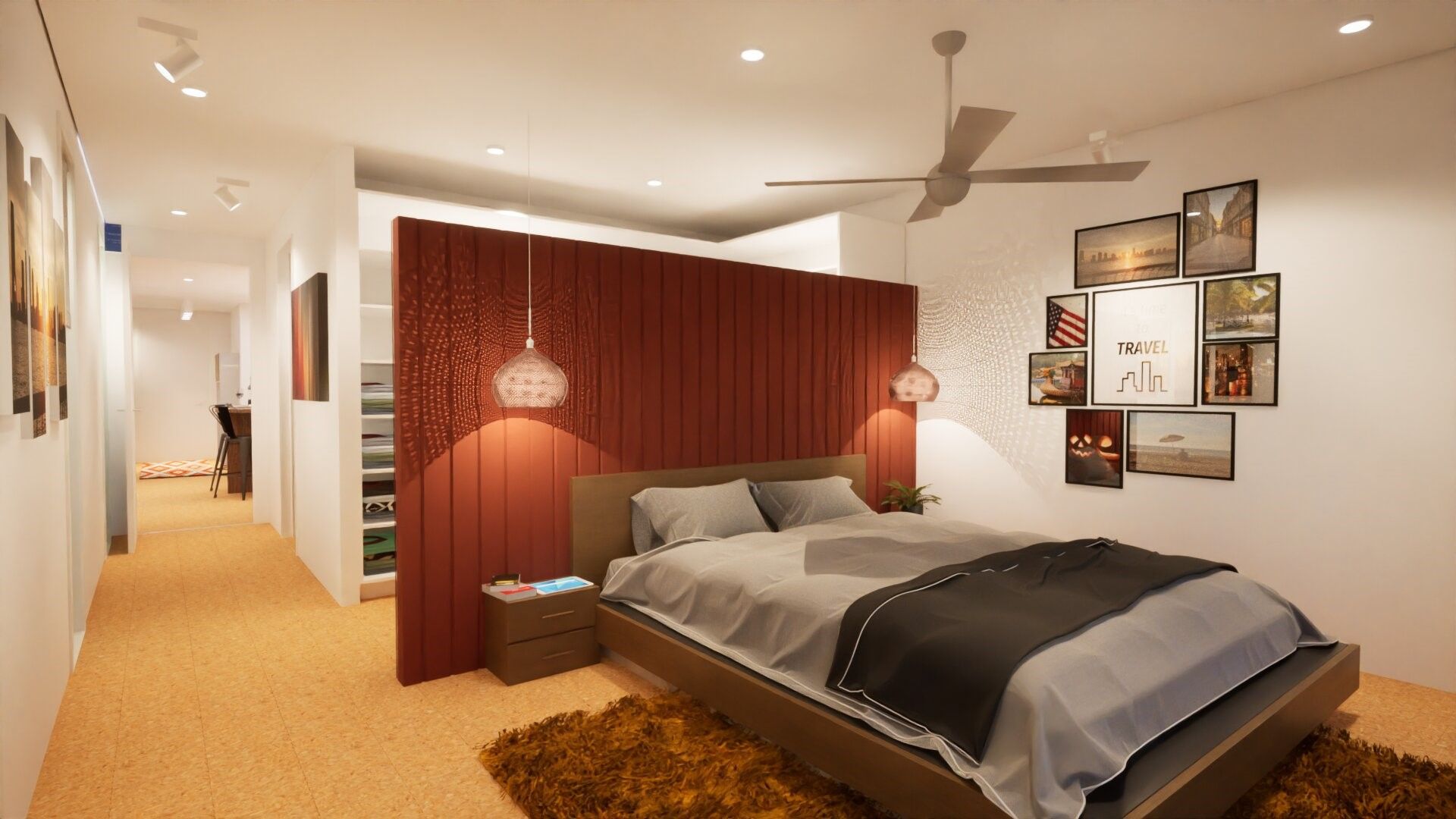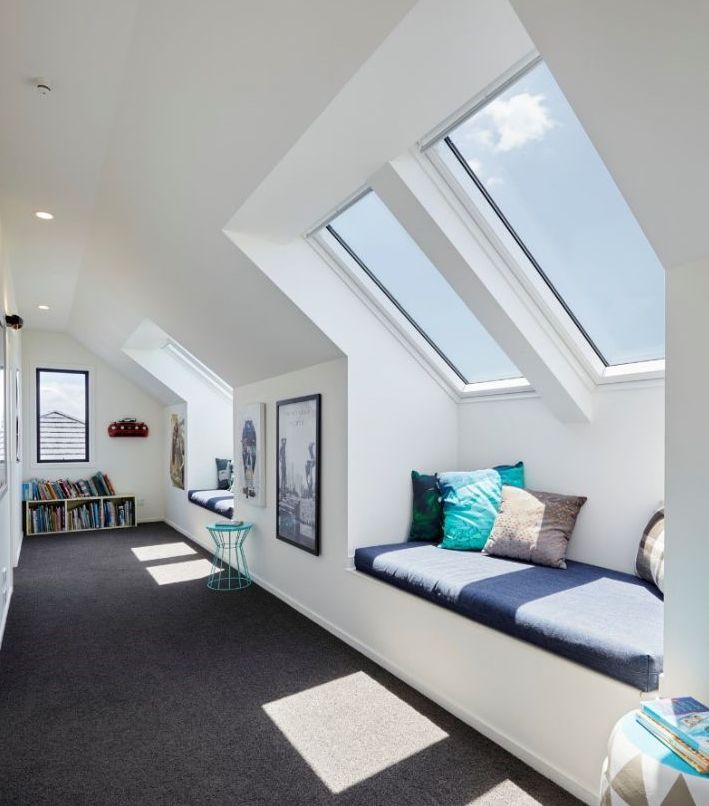A Guide to Lighting for Interior Design
A Guide to Lighting for Interior Design
Lighting is a crucial element in interior design that often goes unnoticed but significantly impacts the ambience and functionality of a space. It can transform a room from a dull, lifeless area into a warm and inviting haven. In this blog post, we will explore the art of lighting for interior design and offer tips and ideas to help you create a harmonious, well-lit space that perfectly suits your needs and style.

Understand the Three Types of Lighting
To create a well-balanced lighting design, it's important to understand the three primary types of lighting:
- Ambient Lighting: This is the base layer of lighting that provides overall illumination for a room. It can be achieved through ceiling fixtures, wall sconces, or recessed lighting. Ambient lighting sets the mood and creates a comfortable environment.
- Task Lighting: Task lighting is essential for performing specific activities like reading, cooking, or working. Examples include desk lamps, under-cabinet lighting in kitchens, and pendant lights over a dining table. Task lighting should be both functional and aesthetically pleasing.
- Accent Lighting: Accent lighting highlights specific features or objects in a room, such as artwork, architectural details, or decorative pieces. It adds depth and drama to your space. Examples include track lighting, wall-mounted spotlights, and picture lights.
Consider the Room's Purpose
The function of a room should drive your lighting choices. For example:
- In the living room, you may want soft ambient lighting to create a cozy atmosphere, supplemented with task lighting for reading and accent lighting to showcase artwork.
- In the kitchen, bright task lighting is essential for food preparation, while under-cabinet lighting adds a warm, inviting glow.
- In the bedroom, ambient lighting should be gentle and calming, with adjustable task lighting on bedside tables.
Play with Lighting Fixtures
Lighting fixtures come in various styles, shapes, and sizes, making them an integral part of interior design. Consider fixtures that complement your overall decor and add a touch of personality to your space:
- Chandeliers can add a touch of elegance to a dining room or foyer.
- Pendant lights come in various designs and are perfect for creating a focal point.
- Wall sconces provide a soft, indirect glow and can be used to frame mirrors or art.
- Table and floor lamps offer both function and style, allowing you to layer your lighting effectively.
Embrace Dimmers and Smart Lighting
Dimmer switches are invaluable for adjusting the intensity of your lighting. They allow you to create different moods and conserve energy. Smart lighting systems, such as those connected to your smartphone or voice assistants, offer even more control and convenience.

Consider Natural Light
Don't forget about the importance of natural light. Well-placed windows and the use of light-coloured furnishings can maximize the effect of natural light and reduce the need for artificial lighting during the day.
Layer Your Lighting
Layering lighting is key to creating a dynamic and visually appealing space. By combining ambient, task, and accent lighting, you can achieve a balanced and versatile lighting design that meets your specific needs.
Illuminating Elegance
Lighting is a fundamental aspect of interior design, serving both practical and aesthetic purposes. It can transform a room into a welcoming and functional space while adding character and personality. When designing your space, remember to consider the room's purpose, choose fixtures that enhance your decor, and experiment with various types of lighting to create a harmonious and inviting environment.
With the right lighting, you can illuminate your world in style.
Request a meeting with our Interior Design team to create a lighting plan that works for you.




